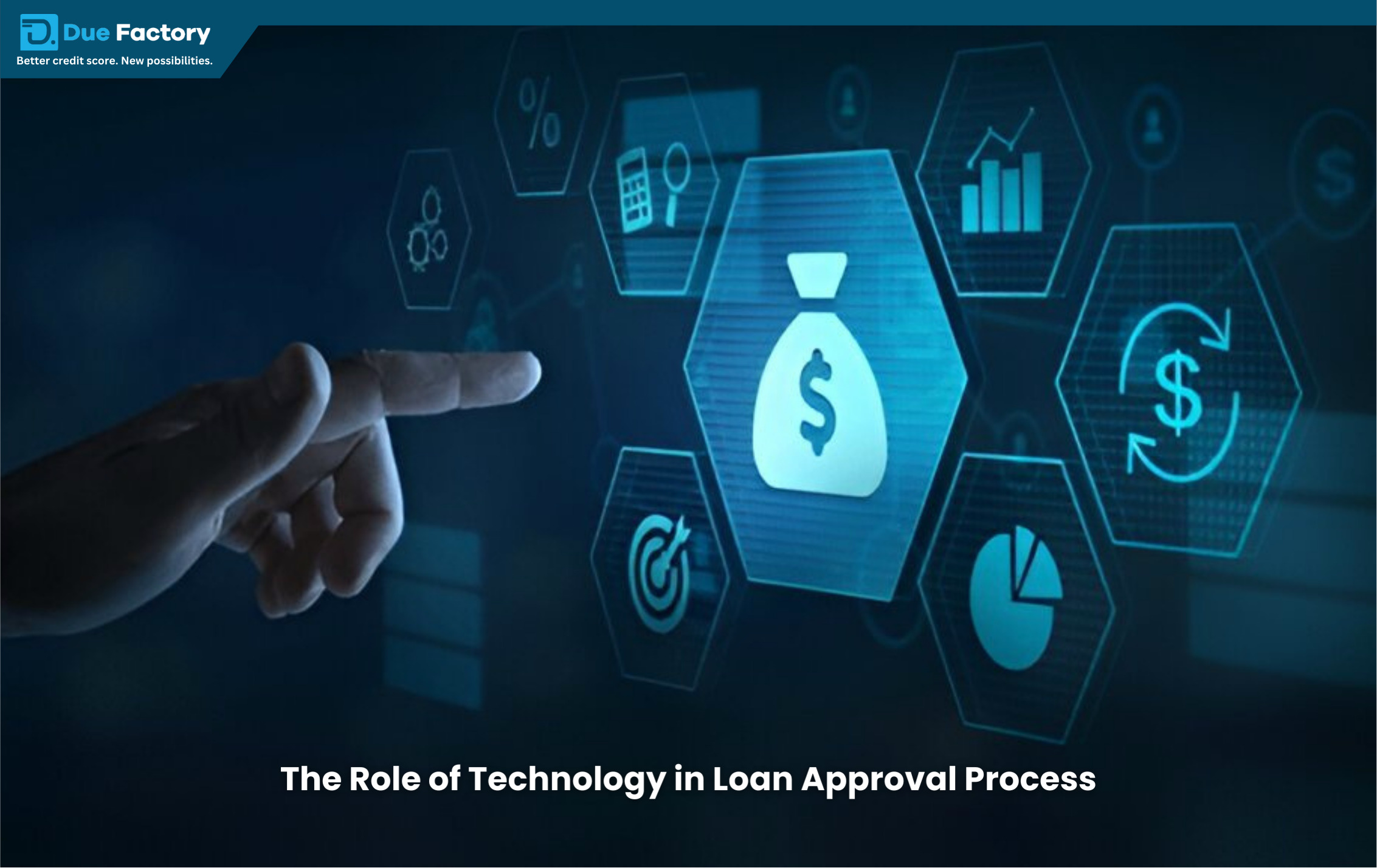Traditionally, loan underwriting was a complex, lengthy, and multi-step process. Thanks to the technology, now it has become much faster, easier, and accessible for millions of borrowers. From handling thousands of applications in a day to communicating with the borrowers, verifying their information, to assessing their credit, technology has made the process smoother and more efficient.
Here we talk about the rise in technological solutions and how it is revolutionizing the loan underwriting process.
The Role of Technology in the Loan Underwriting Process
Technologies like AI and machine learning are making their way into our lives from various dimensions. Lending or Underwriting has become fast-paced, too, since the advent of digital tools. Digital lending platforms use new and improved technologies to revolutionize the working of loan underwriters.
Here is how tech-driven loan underwriting is contributing to making a better future in this industry.
1. Artificial Intelligence for Decision Making
With the use of artificial intelligence in underwriting processes, lenders can now evaluate huge quantities of data. Traditionally, when there was no automation in the underwriting process, the loan approvals were slow. Also, there were huge chances of manual errors. However, since the inception of technology, now lenders can work more efficiently, and borrowers can have a more pleasurable experience.
2. Digital Lending Platforms Making the Process Speedy
With the technological upheaval came digital lending platforms. The soaring popularity of digital lending platforms is due to their streamlined process, from quick loan application to loan approval.
The user-friendly interface and real-time notifications make digital lending platforms more convenient. It also involves fewer documentation needs, which is good for both lenders and borrowers! Since it is possible for digital lenders to connect with other systems, it elevates the consumer experience and establishes the best financial ecosystem.
3. Improved Customer Experience
One of the other advantages of using technology in loan underwriting is that it provides immediate support and guidance to the customers. Customers can interact with AI-powered chatbots and virtual assistants, tremendously raising the bar of customer delight. They can mention their problem, and the virtual assistant can tell the solution to their problems instantly. This makes the loan underwriting process more effective, too.
4. Greater Transparency
When we begin the digital loan application process, we can always receive updates and notifications about our loan approval process. The customers can track their mortgage and know how long it might take for the funds disbursal. This kind of transparency leads to increased confidence.
5. Lowers Risk of Fraud
Though digitization has led to more fraud, AI and other transformative technologies can lower fraud, too. By improving KYC, compliance, verification of the borrowers, etc., AI has lowered the risk of scams.
6. Cost-Effectiveness
when businesses use machines and technologies while relying lesser on humans, it cuts operational costs. With the automation of loan underwriting procedures, the manpower cost is saved. There will be no paper expenses, as everything is available in soft copy. This creates a higher efficiency and cost-effectiveness.
7. Predictive Risk Models Aid Credit Check
The technology has been helping the underwriters pull the borrowers’ credit reports and run a quick credit check on them. They can apply algorithms and use machine learning models to make informed loan approval decisions based on the risk assessment. Their decision is purely based on the objective data from Predictive Risk Models and not their judgments. While it was difficult to identify credit behavior patterns manually, with automated Underwriting, now it has become a possibility.
8. OCR-led Data Extraction
Another revolution in loan underwriting through technology is AI-powered OCR technology that extracts huge amounts of data from manual documents. So, when the borrower submits loan applications and other documents, OCR can convert the same to computer text. By retrieving important data from financial papers, the underwriters have a more comprehensive view of the borrower profile. This helps them make accurate and faster loan underwriting decisions.
Wrapping Up
As technology is dynamic, we can expect more technological developments in loan underwriting procedures in the coming years. The future of digital mortgage lending is quite bright and has endless possibilities. Let us embrace these advancements and cultivate a futuristic approach to experience continued efficiencies and superior customer experiences.
FAQs
1. What are the components of digital loan underwriting?
Ans. The loan underwriters can use technologies like AI and machine learning, data collection tools, data validation, risk assessment models, predictive analysis, etc.
2. What are the benefits of using technology in loan underwriting?
Ans. The benefits include the availability of borrowers’ data, quicker loan application and approval process, automated document verification, instant creditworthiness check, no risk of human error, better consumer experience, etc.
3. How is AI used in loan underwriting?
Ans. AI impacts the lending landscape by levying machine learning algorithms and data analytics to improve decision-making. AI can assess data, track social activities, view transactions, and identify credit behavior. With more accuracy and low human bias, it leads to correct decisions.
4. What are the challenges of using technology in loan underwriting?
Ans. The challenges in automated loan underwriting include data security, privacy concerns, building trust digitally, and other ethical considerations.
5. What does the future of technology in loan underwriting look like?
Ans. With the growth in technology, the future of AI-driven loan underwriting looks vibrant. There will be increased focus on predictive analytics, blockchain, AI, ML, open banking, etc. Lenders using these facilities will gain a competitive edge and delight their borrowers with quicker credit access.

